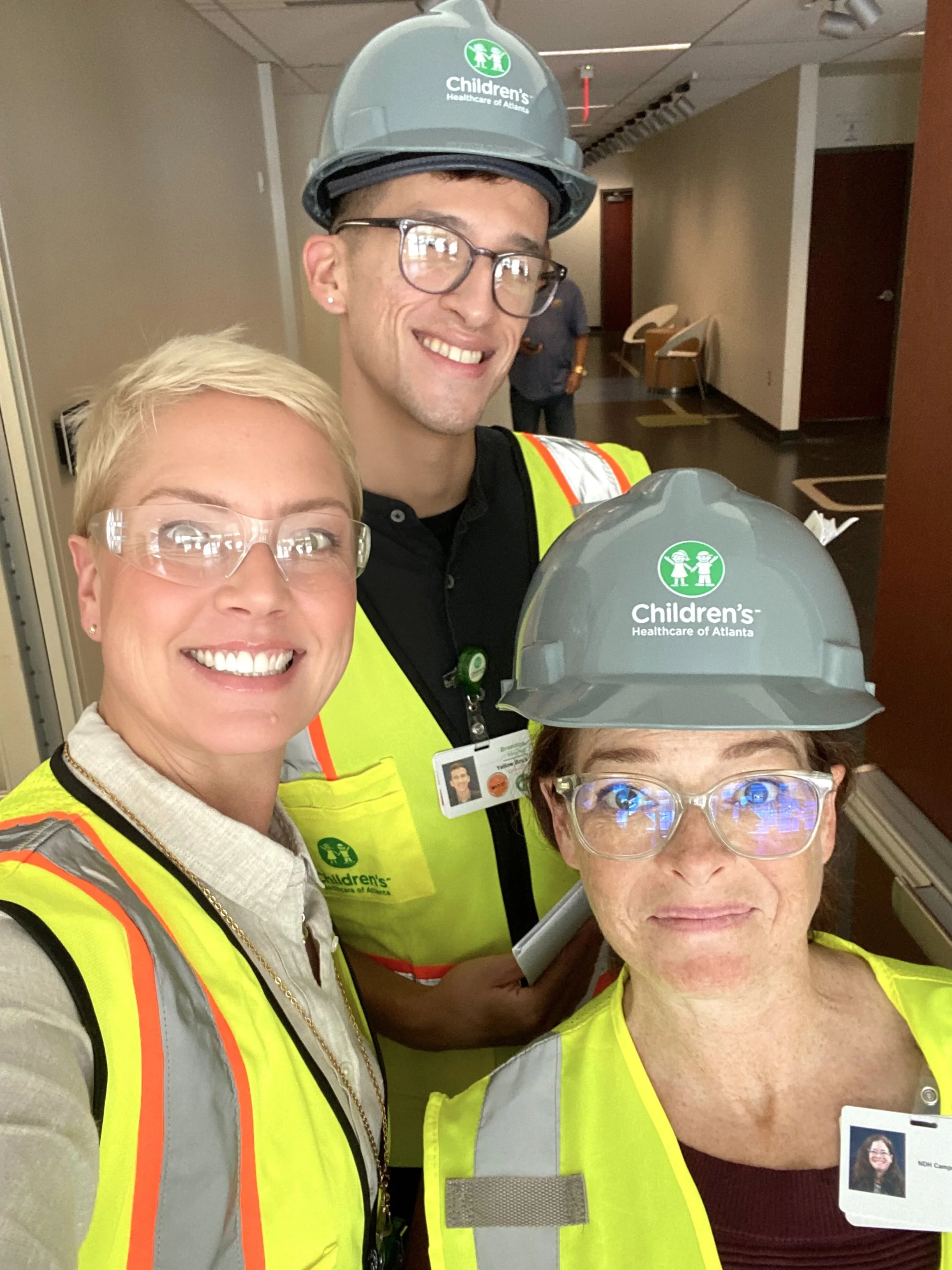Healthcare and systems design has been an intrinsic part of Meg’s life from the very beginning. Growing up with a mother who was a nurse and a father who was an engineer, she was immersed in a world where science, problem-solving, and human compassion intertwined. Dinner table conversations alternated between her mother’s gripping ICU stories—where split-second decisions determined life or death—and her father’s detailed explanations of how things worked, from mechanical systems to intricate designs. This unique upbringing nurtured Meg’s deep fascination with both the complexity of the human body and the intricacies of the systems that support patient care.
During her years at the bedside, Meg gained firsthand insight into how healthcare environments—spanning physical spaces, technology, workflows, staffing, and leadership—directly affect patient outcomes. Her curiosity and drive to improve these systems led her to pursue a Master’s in Healthcare Administration, followed by her transition into leadership at HUP. There, she collaborated with multidisciplinary teams on projects aimed at optimizing and redesigning care delivery. One of the most significant experiences of her career was being part of the multi-year project to open Penn Medicine’s 1.5-million-square-foot Pavilion, now known as The Clifton Center for Medical Breakthroughs. This project allowed Meg to merge her passion for clinical collaboration with healthcare design, partnering to shape the environments in which care is delivered.
Today, at Yellow Brick, Meg continues her mission of bridging clinical expertise with healthcare infrastructure. In her free time, you can find Meg teaching meditation, learning through the students of the graduate-level Penn course she co-teaches each Spring, cross training for triathlons (mostly as a way to be outside as much as possible!), and spending time with her husband Rich and their fur babies: Harper, Willow, and Geronimo. As a partner on transition and activation projects, she works closely with clinicians, architects, and construction teams to ensure that the built environment supports and enhances patient care. In this role, she lives out the mission of the Nursing Institute for Healthcare Design (NIHD) daily, driving innovation in healthcare spaces that foster healing, efficiency, and excellence.

